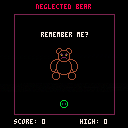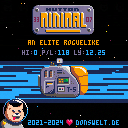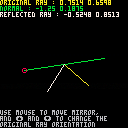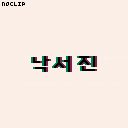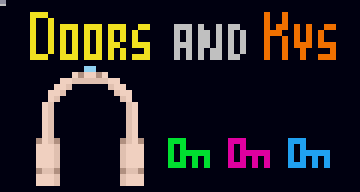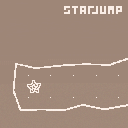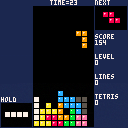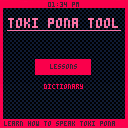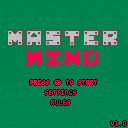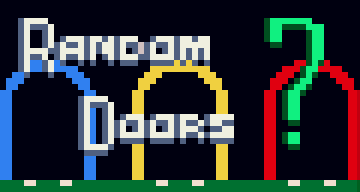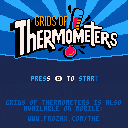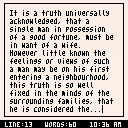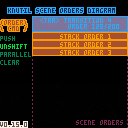A fun PICO-8 cover of the song "From the Gallows" by I DON'T KNOW HOW BUT THEY FOUND ME.
It also comes with a simple visualization modeled after the cover of their Razzmatazz album, courtesy of Tellexx.
The original song is here. (Content warning: reference to suicide in the lyrics.)
.png)

Learning-PICO-8:
Game development while learning PICO-8 step by step.
https://github.com/emutyworks/Learning-PICO-8/wiki
List of required token
https://github.com/emutyworks/Learning-PICO-8/wiki/List-of-required-token
This was inspired by u/TimeLoad's URL post, and my compiler is heavily based on his.
We all know how bad Pico8's default editor is, so I made a tool that would (hopefully) help your Pico 8 workflow.
I have the files + a detailed record on URL my GitHub.
Basically, compiler.py takes the .lua files and the assets.p8 from a project folder and compiles them to a cart (final.p8), export.py exports a given project to HTML and JS, and pico8label.py adds a label to a given cart (used in compiler.py).
If you have any feedback or you found any bugs please message me and I'll try my best to fix it!


This is a Pico-8 demake of the infamous flight to Hutton Orbital in Elite Dangerous. Originally, it is a space station 0,22 lightyears away from its star. It takes over one and a half hour in-game time to reach it. Players either hate or love it. I for myself love it and decided to make this little game about it. But don't worry:
You don't have to fly over an hour. The T-5 hauler featured in this demake is fitted with the lates in thruster technology. This baby will take you to Hutton Minimal in about 15 minutes!
Hint: You can turn your thruster on and off. Preferably you turn it on if you want to reach your destination. You only really need to turn it off once you are there. But remember to do so in time or you miss Hutton Minimal. The T-5 has a really good thruster but its turning cycle is a big mess (yes, you have to start over).

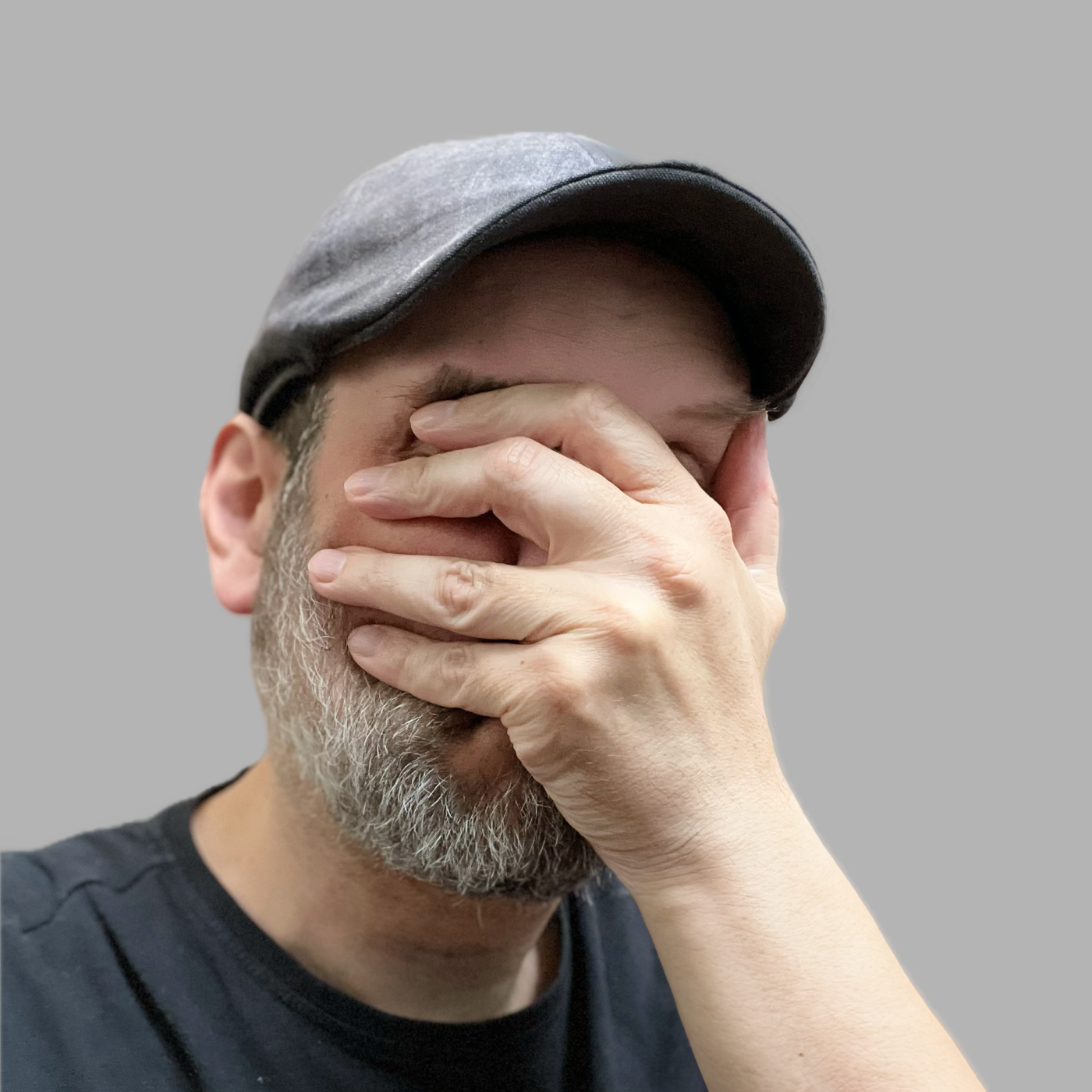




Finally, track four! This is a short one.
It sounds like something from a trailer so there's one use idea!
If you want to translate the symbols, the language is Korean(I'm not Korean but it looks cool so...). Of course, if you already knew Korean, you would know that it was in Korean and you would understand the Korean since you already knew Korean. Y e a h . Anyways, enjoy!
You are a star that jumps (video gaming).
Soundtrack: youtube.com/watch?v=qi2jSi0W4JM
Move: arrows or ESDF
Jump: Z/X/N/M
Addition options in menu (P/Enter):
- Adjust wobble intensity
- Show timer
- Skip screen
- Reset progress
Big thanks to friends and twitter pals for the testing, support and feedback <3

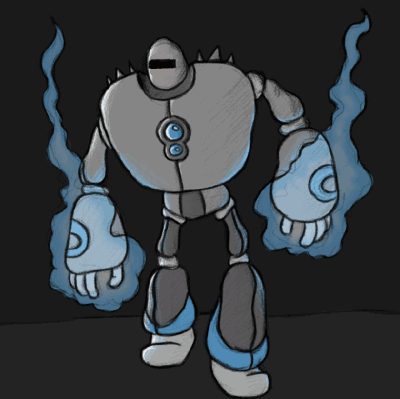



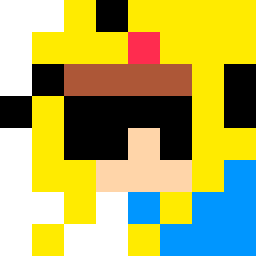
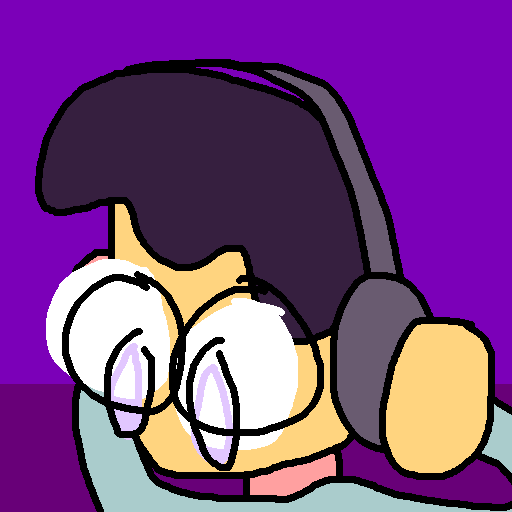

Hey guys,
This was slightly based on the NES version.
I wanted to start learning Pico-8 and found motivation in the fact that my fiancee loves Tetris, so yeah, another Tetris game was made ^^
I don't know if I'll be able to create sound effects for it because I lack the knowledge, but who knows, maybe someday in the future?
Anyway, if you play it, I hope you have a good time.



Toki Pona tool
OK, so this project has been completely revamped from the original. In addition to cleaning up the dictionary, it now also includes lessons that will teach you how to speak Toki Pona.
Features:
- 20 chapters that teach you everything you need to know to communicate in Toki Pona
- Dictionary revised for clarity and useability
- New UI and color palette. Looks nicer than ever
Enjoy!





Boy has it been a full year since the last version, boy time sure does fly. I plan to add smaller graphical updates for now but in the near future I plan on revamping the old code and add more settings and customization, hopefully. For now v1.1 has a auto pick option in the settings under the "random colors" option for single player.
Pico-8 is a great tool, and for many reasons. The main reason I believe Pico-8 is so awesome is because of its restrictions. Limited palette and resolution inspires creativity, limited memory and computational power inspires optimization, and limited data values inspires frustration.
Yes, frustration. What I'm talking about is the 16.16 fixed point that only allows number values to go up to 32,767. I've only just started using Pico-8 but this is such an infuriating detail to me, which is why I've made this post in favor of allocating just a little more space for numbers. Something like 48.16 fixed point instead, or even 32.16 or 24.16 if possible (I'm not too knowledgeable on binary storage).
Yes, I know, there are several solutions to this problem. I've researched many and even came up with one of my own, but when you're just trying to throw together a game that for whatever reason requires values higher than 32,767, it's a total pain! On a recent game (where I first encountered the number limitations), I found myself spending more time fixing and optimizing this problem then I did working on the gameplay. That said, I'm not very good at math, but I still believe that it should be easier than this.


Hi everyone.
Playing around with the new mouse control feature of PICO8 I got the idea of a "1869" style game.
Remember "1869" on Amiga? It's a trading game. You ship around and buy and sell goods.
This is a very early stage but somehow I got stuck on my way using tables.
Perhaps someone can give me a clue?




Pico-8 Word Processor
As someone extremely fond of retroactively useless technology, I thought I'd take the time to make an instantly obsolete piece of software. This is the Pico-8 Word Processor, the text editor you never knew you needed (because you don't).
In seriousness, I think this project would work well to keep away distractions when writing. It strips writing down to the bare essentials, almost like writing on a typewriter. No superfluous fluff here; only the written word.
This is my first Pico-8 published project, so let me know what you think or if you can think of any additions. In the future, I'd love to create a version compatible with non-keyboarded hardware (see below) and to include more calming classical music (like clair de lune)




.png)
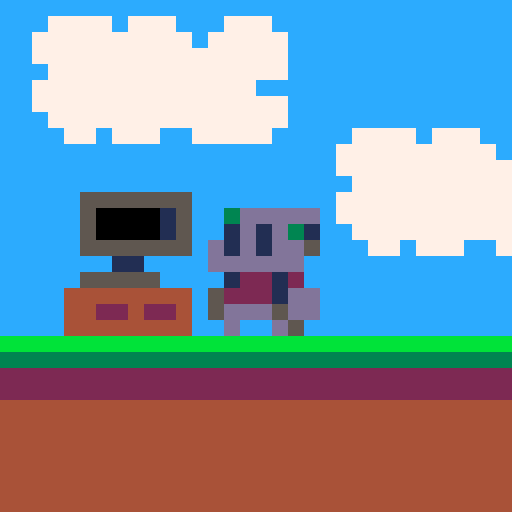



Feature Overview
"KNUTIL" is a library for PICO-8 that contains functions that are frequently used in the games I have created.
I've kept the functions that I eventually needed in my production.
In this cart, I show you how the scene functions work with animations.
Z key: Execute the order command.
Up/Down: Select the order command.
SCENE MANAGER controls and replaces the order in which functions are called with a small number of tokens by using consecutive string instructions.
The generated SCENE can register a global function as an ORDER.
One of the registered ORDERS is retrieved by SCENE and the process is repeated for the specified length.

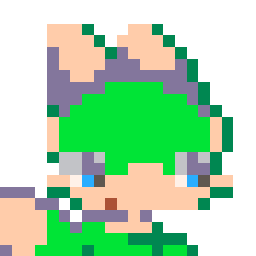








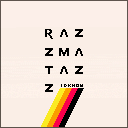
 2 comments
2 comments


